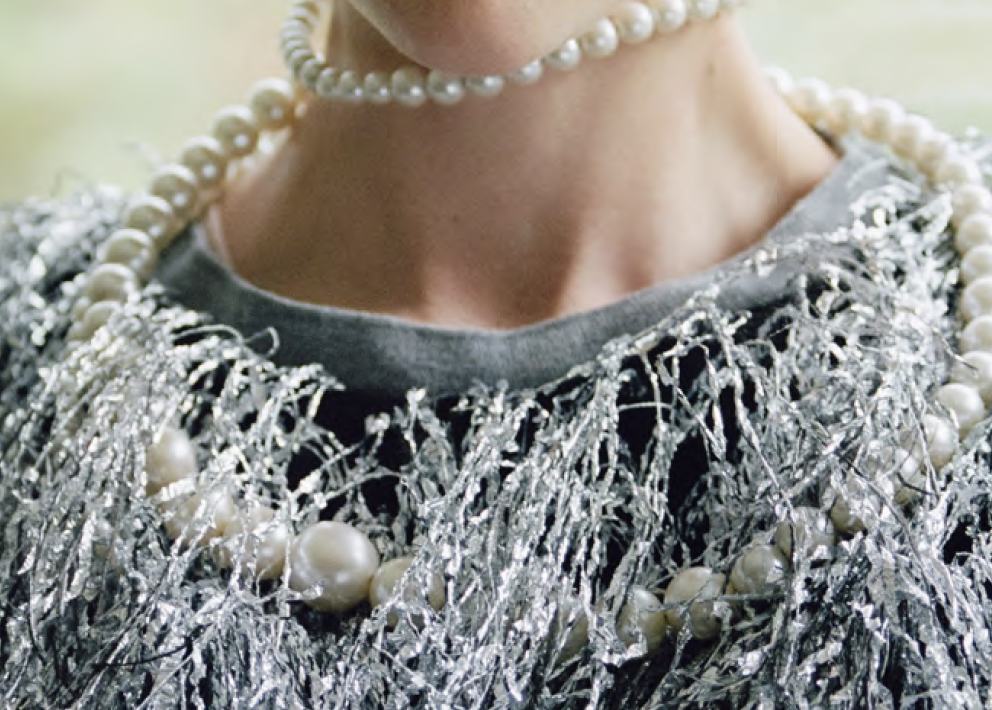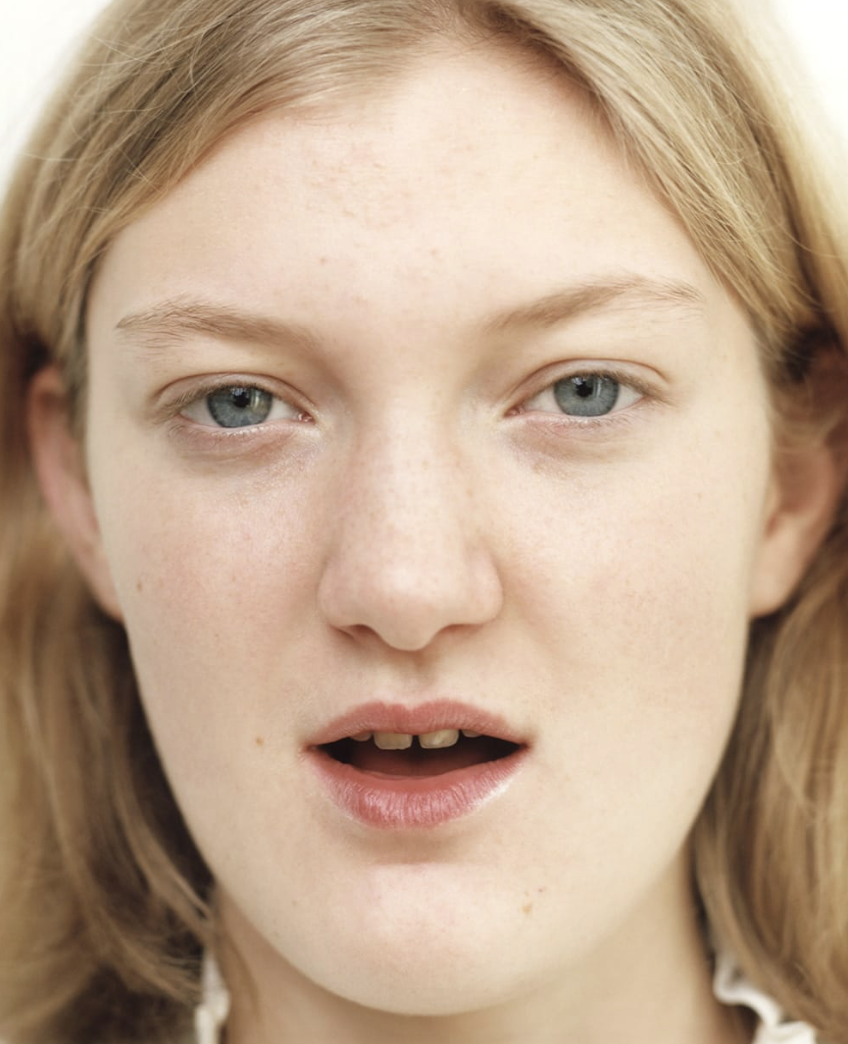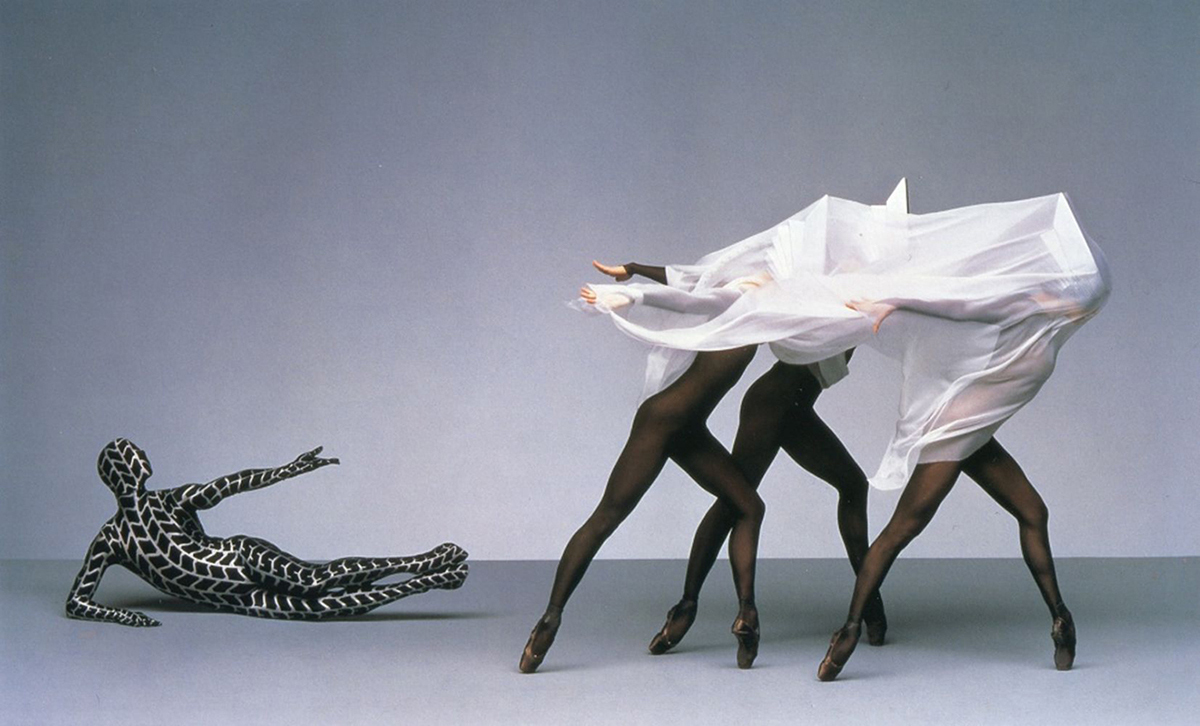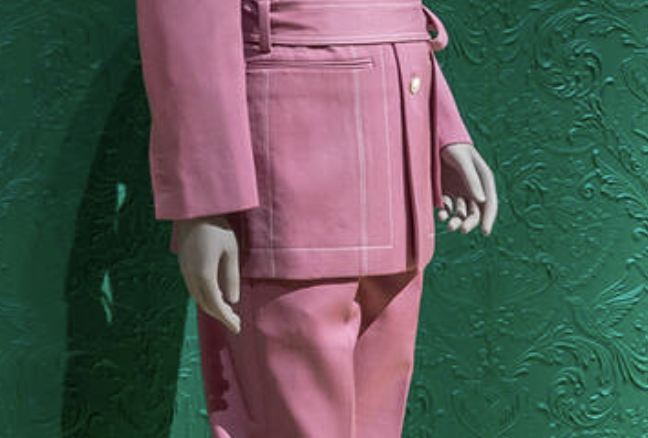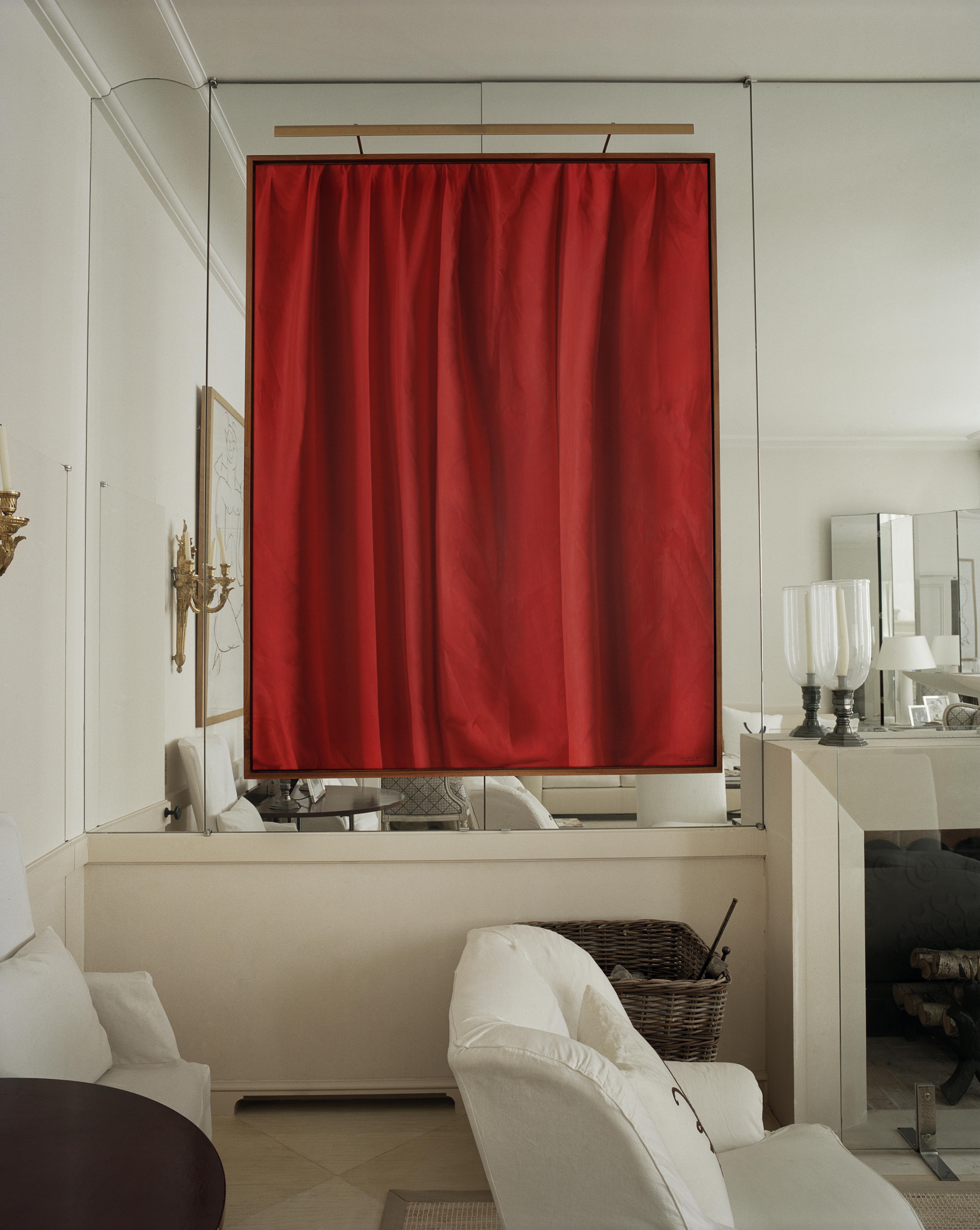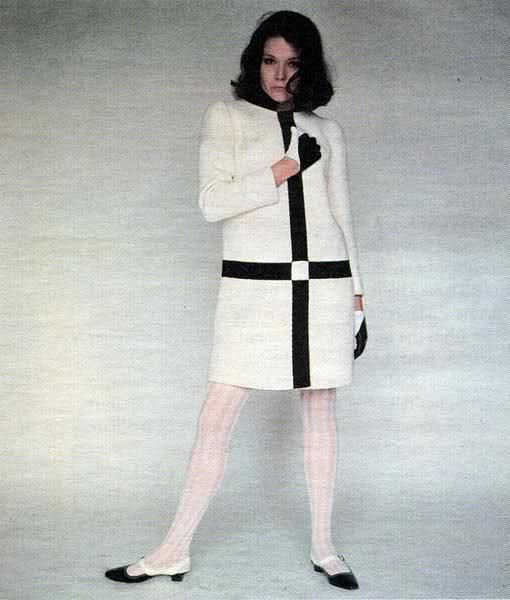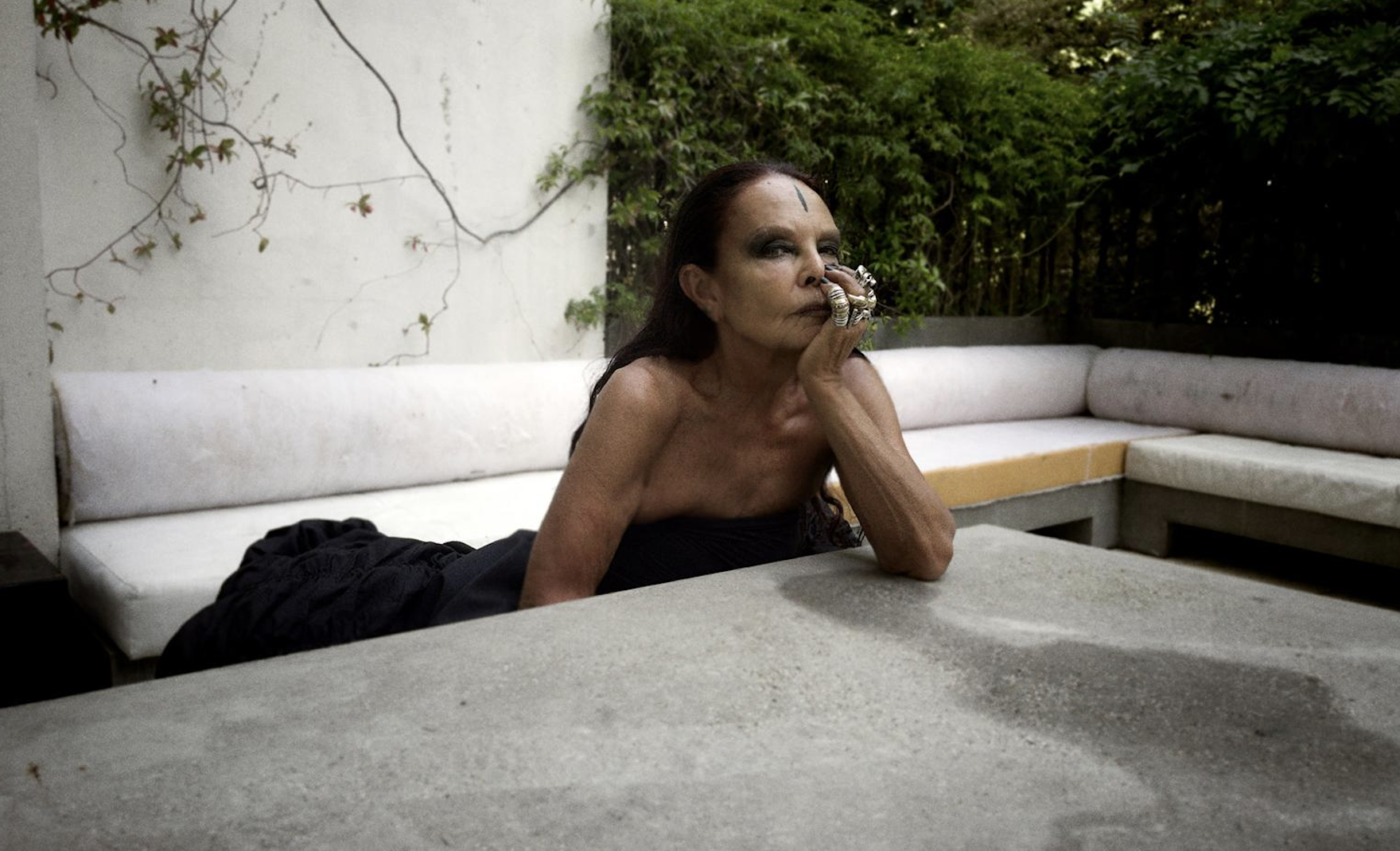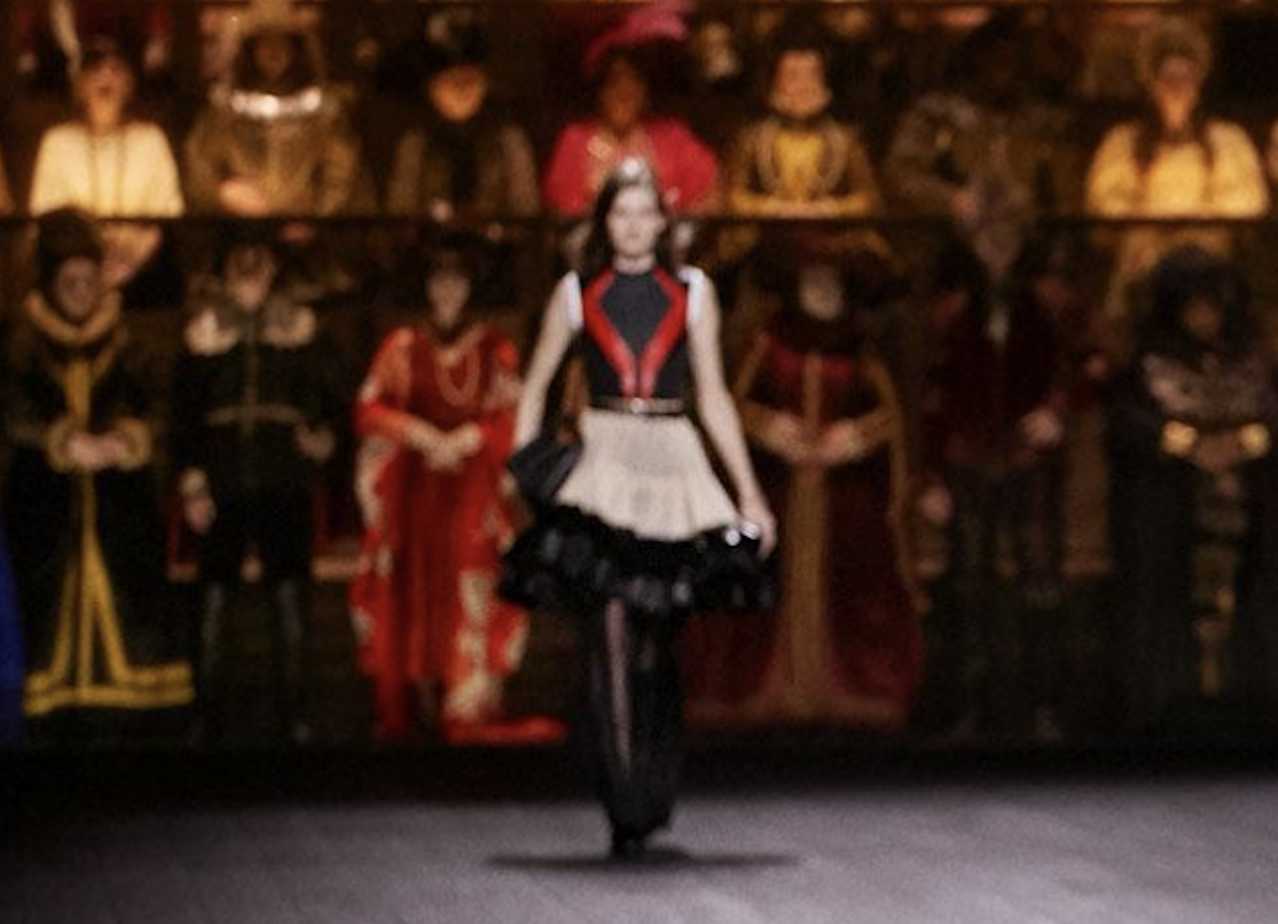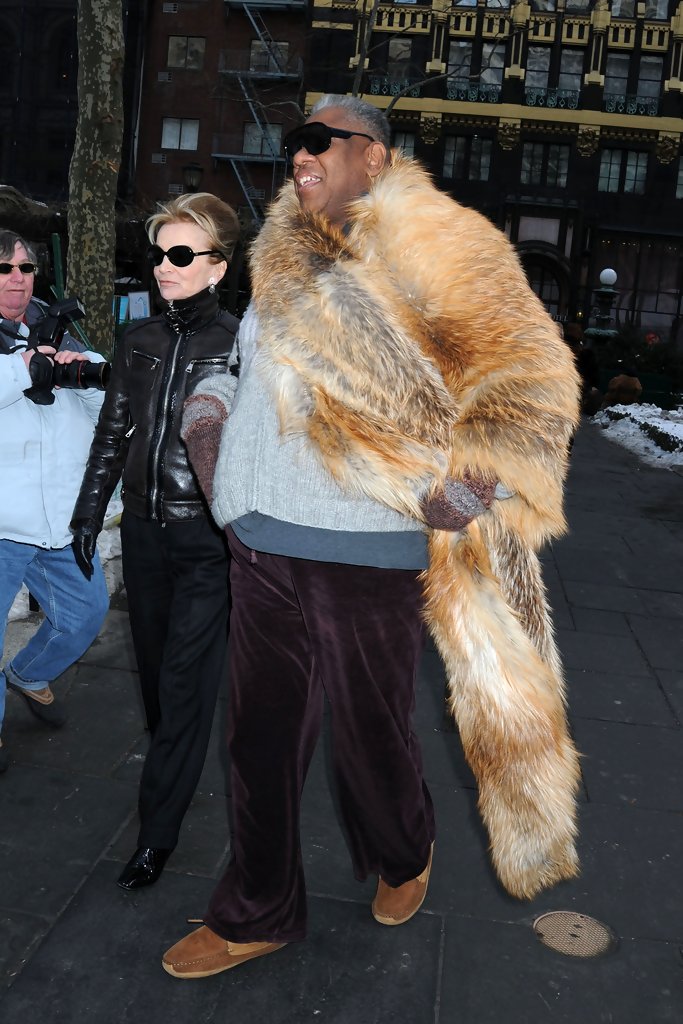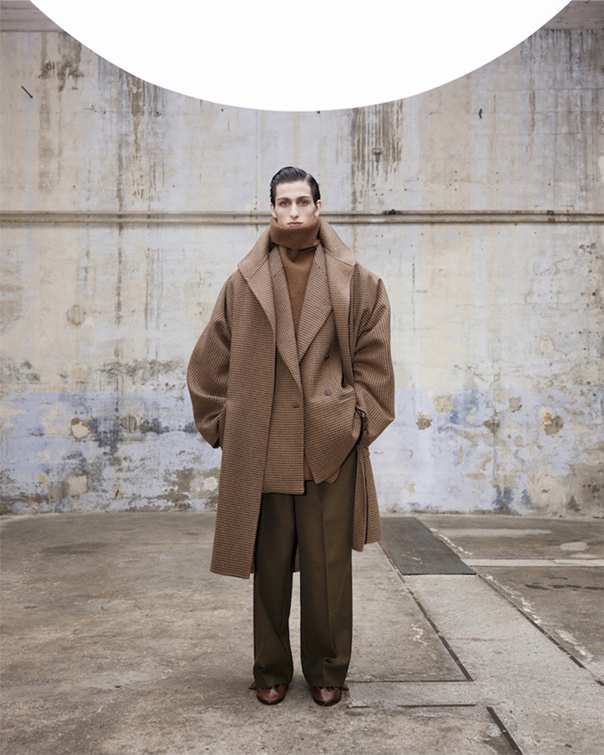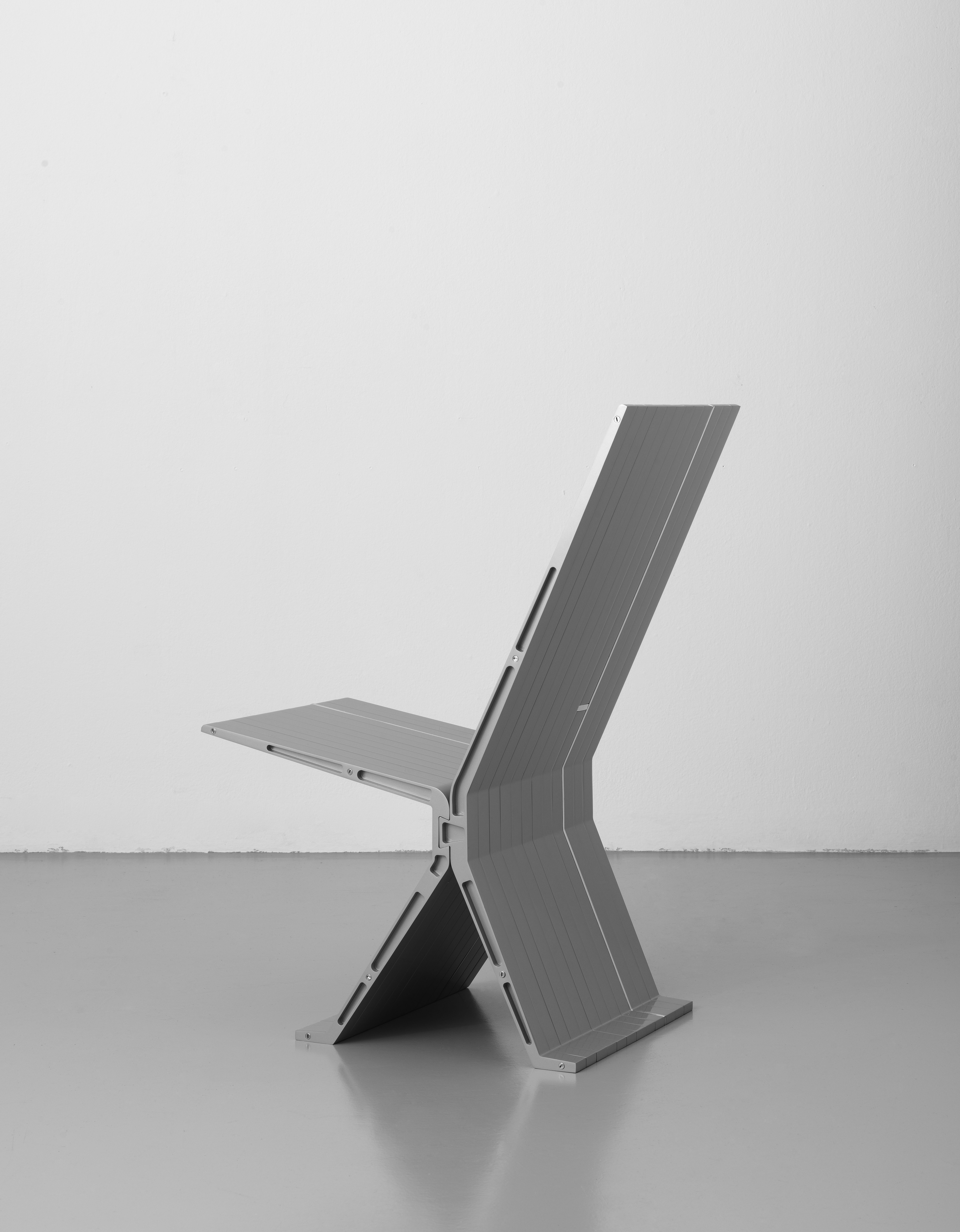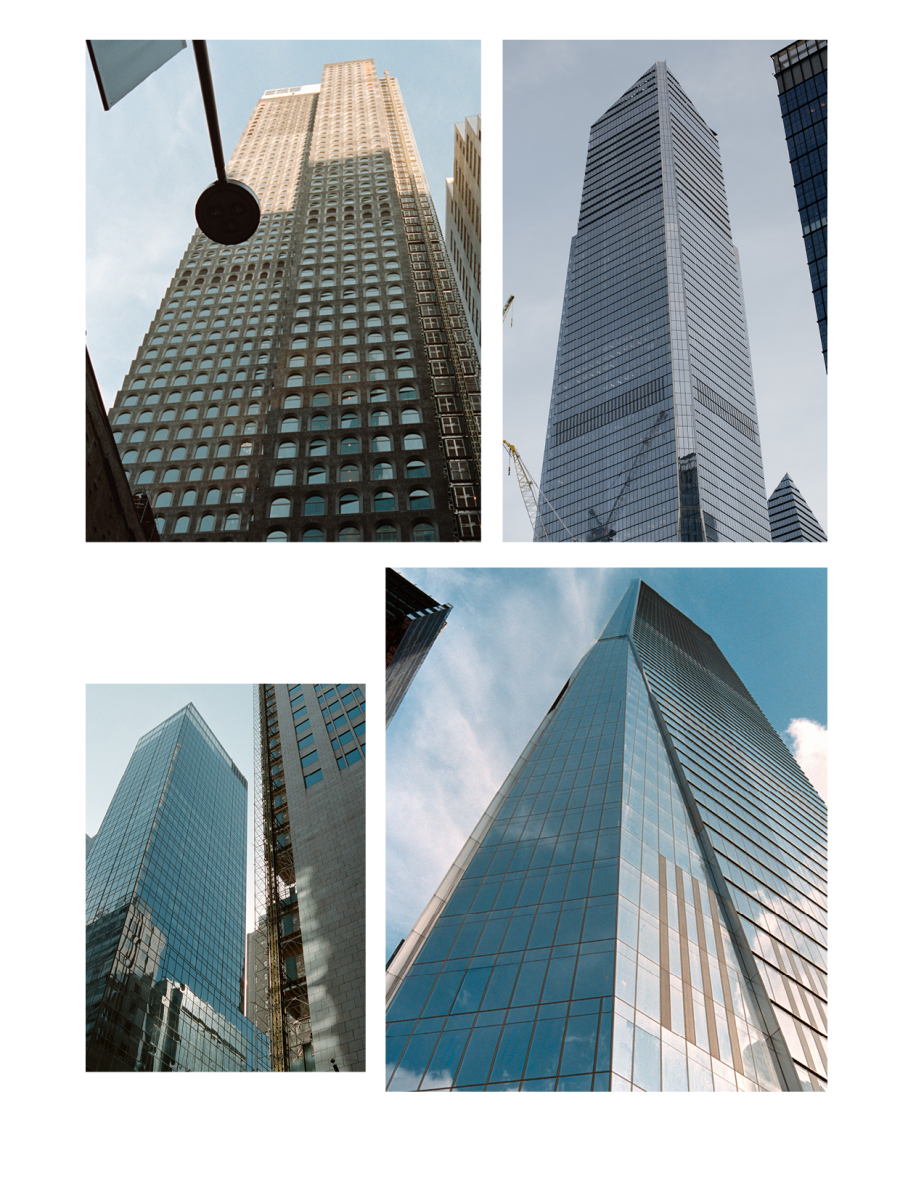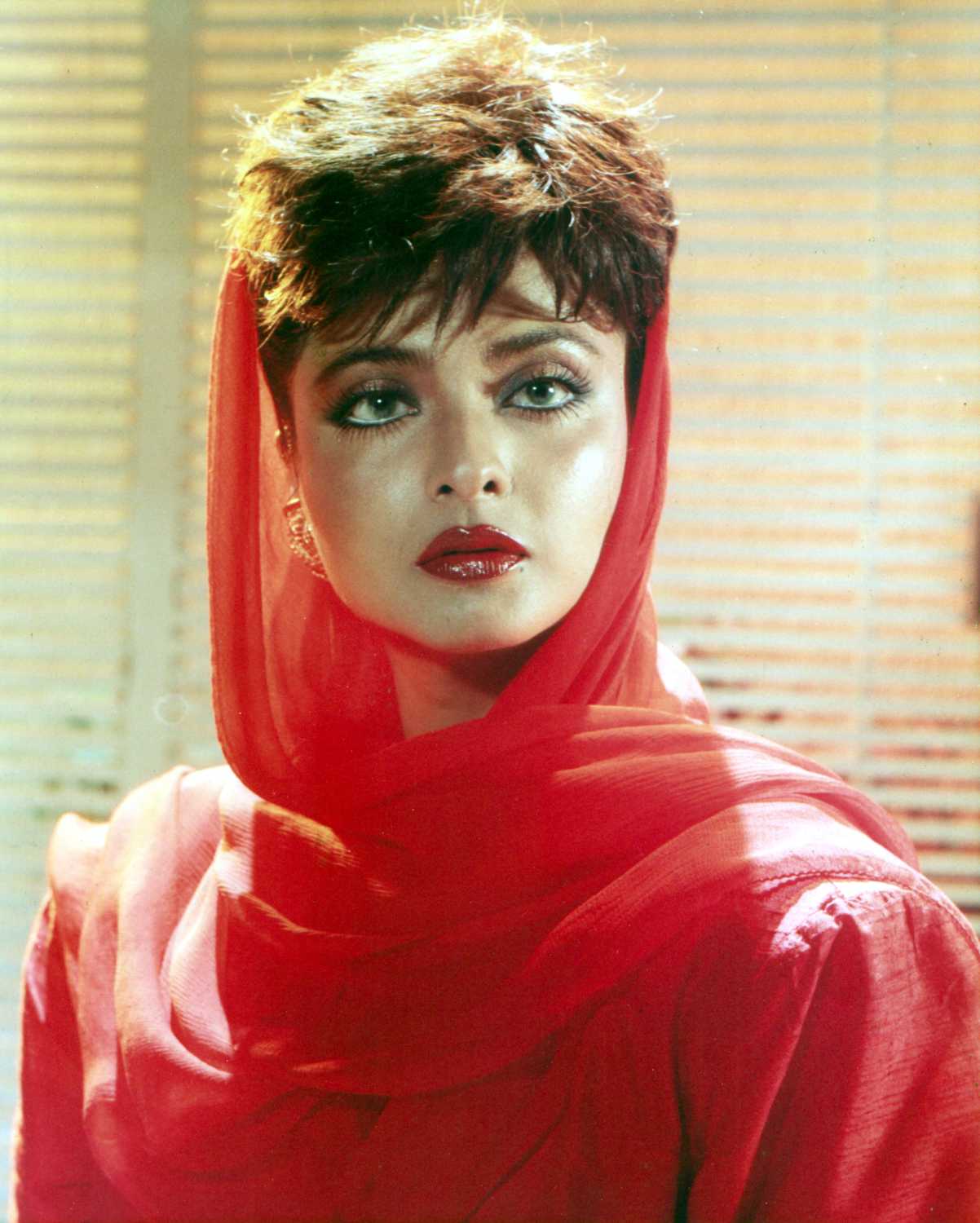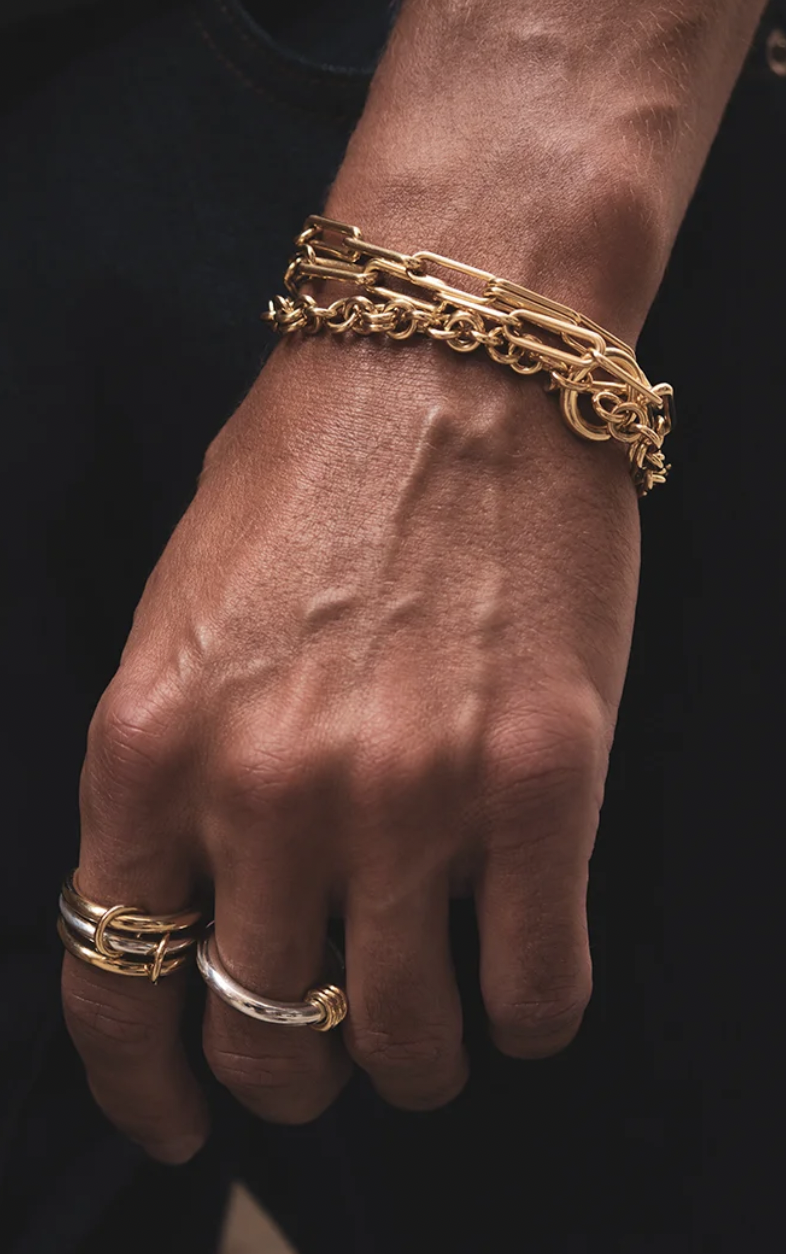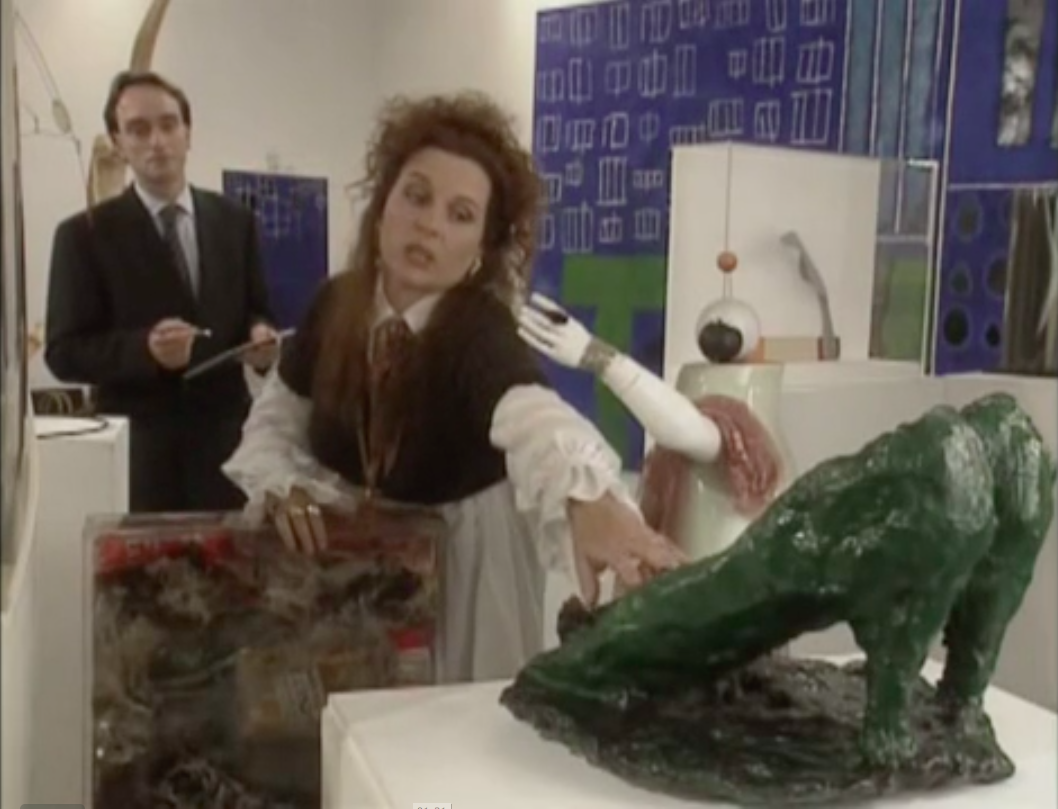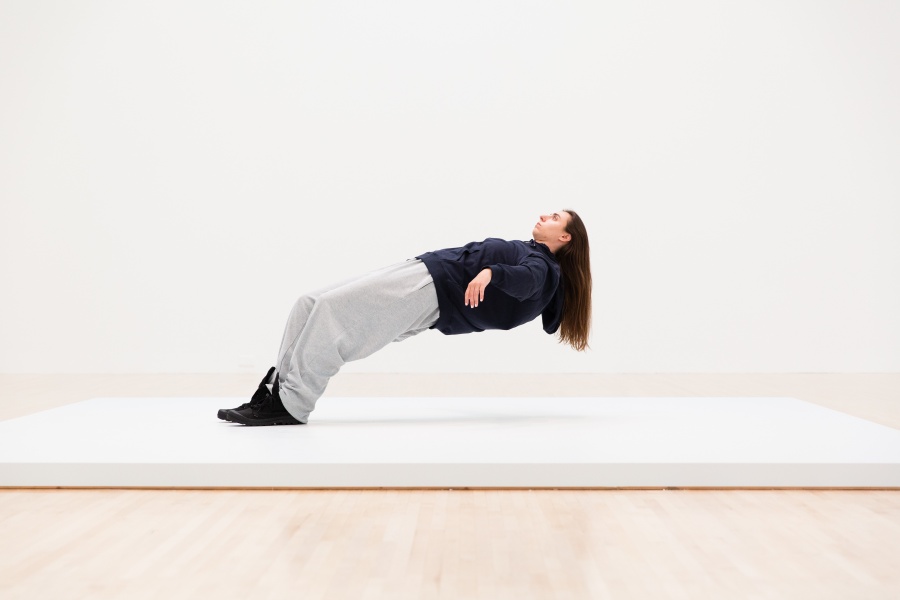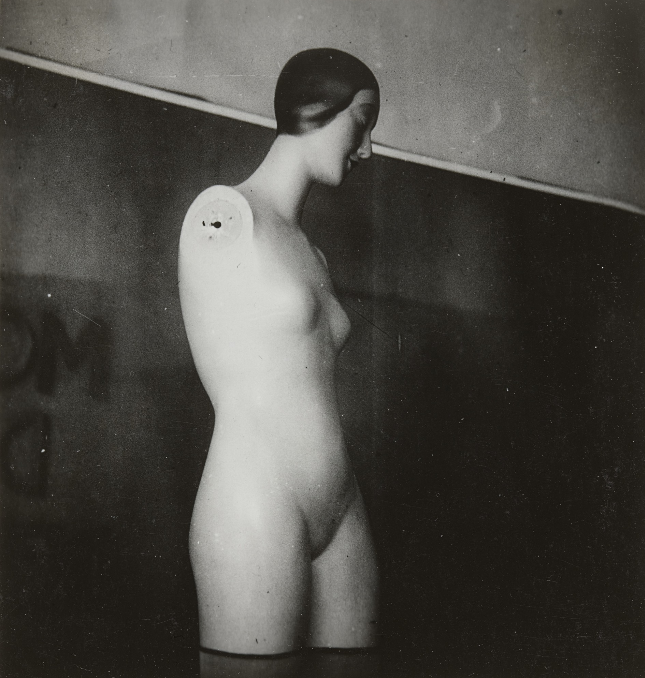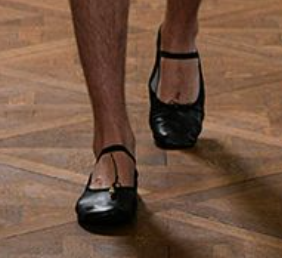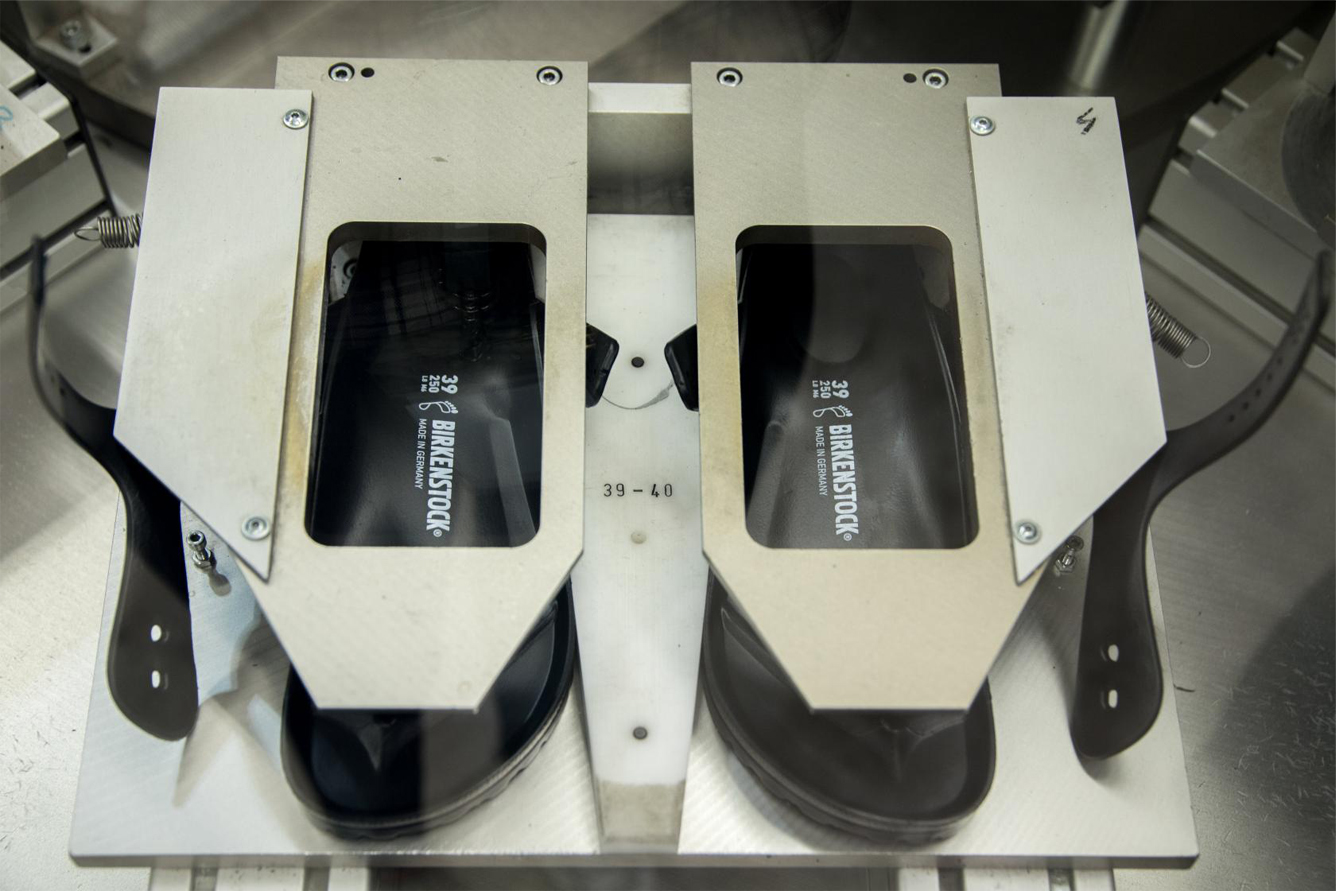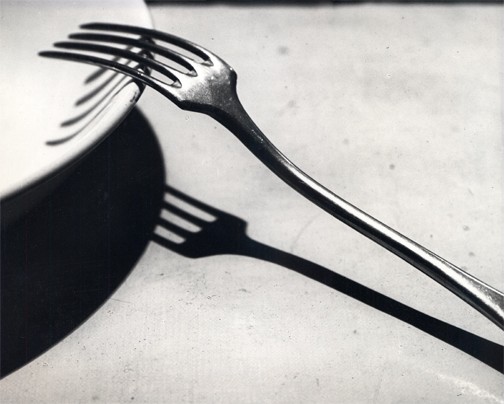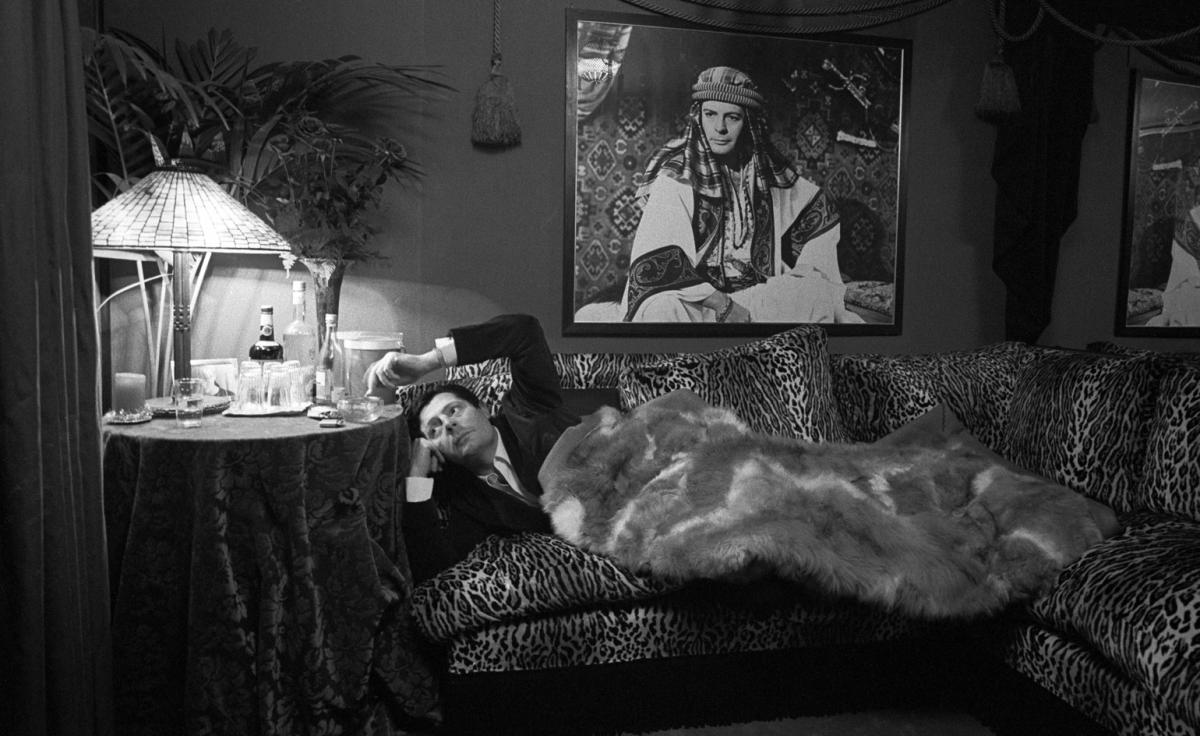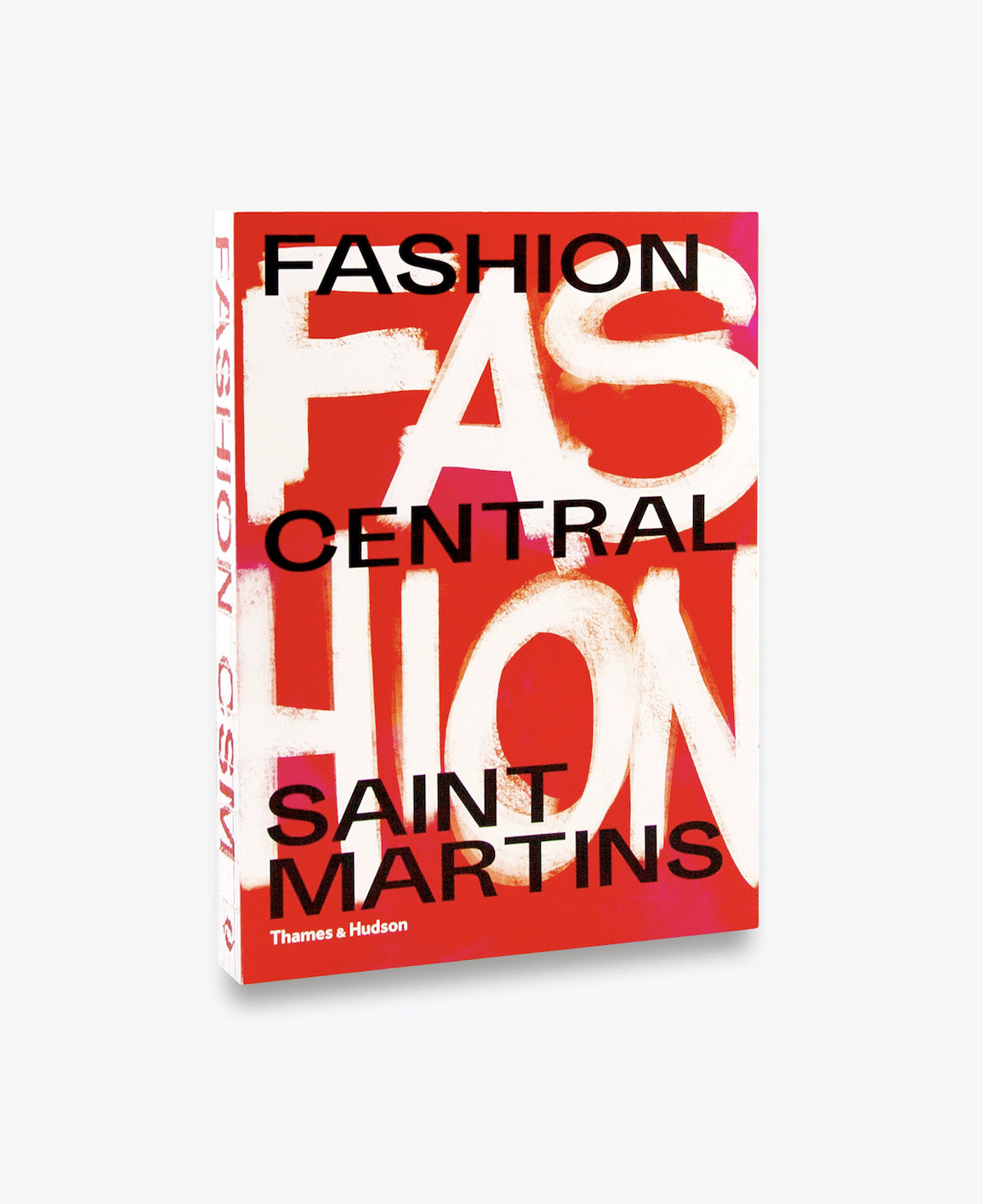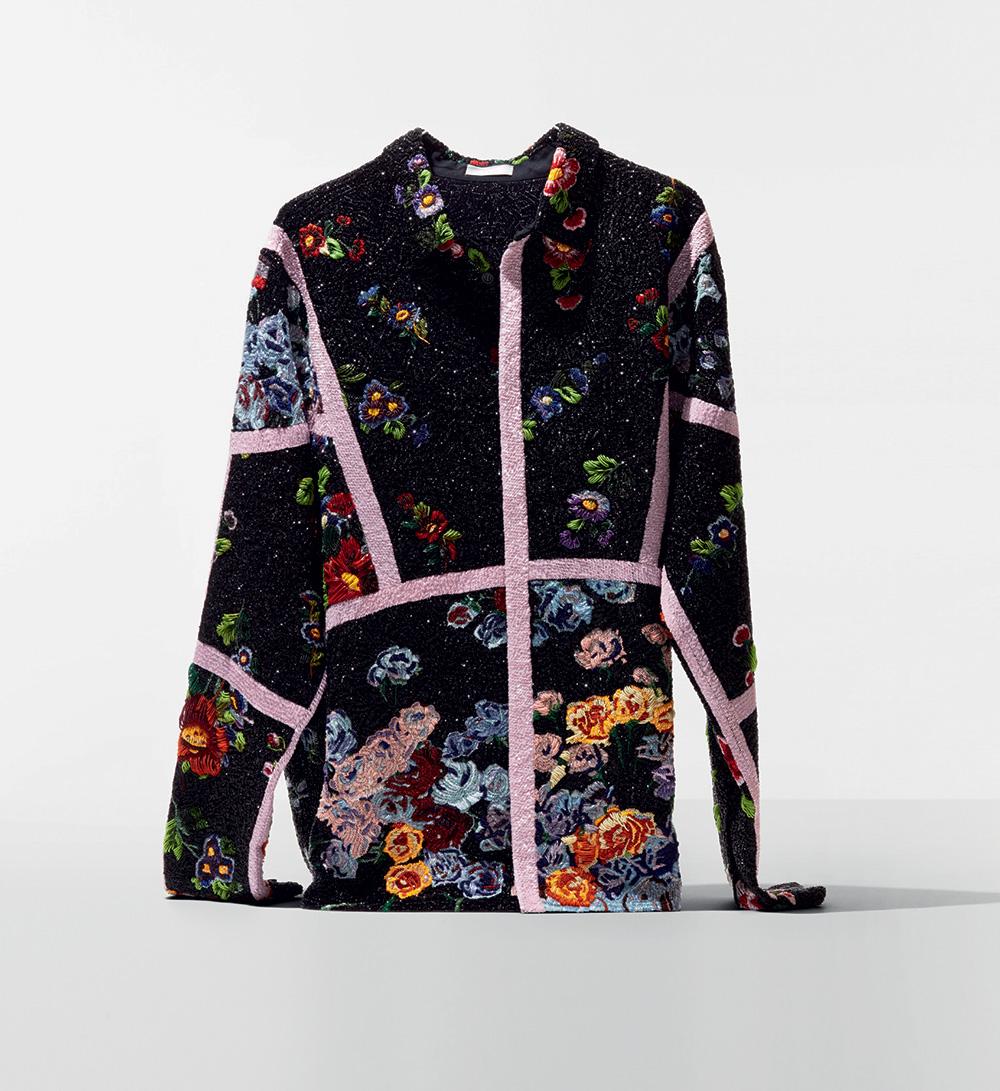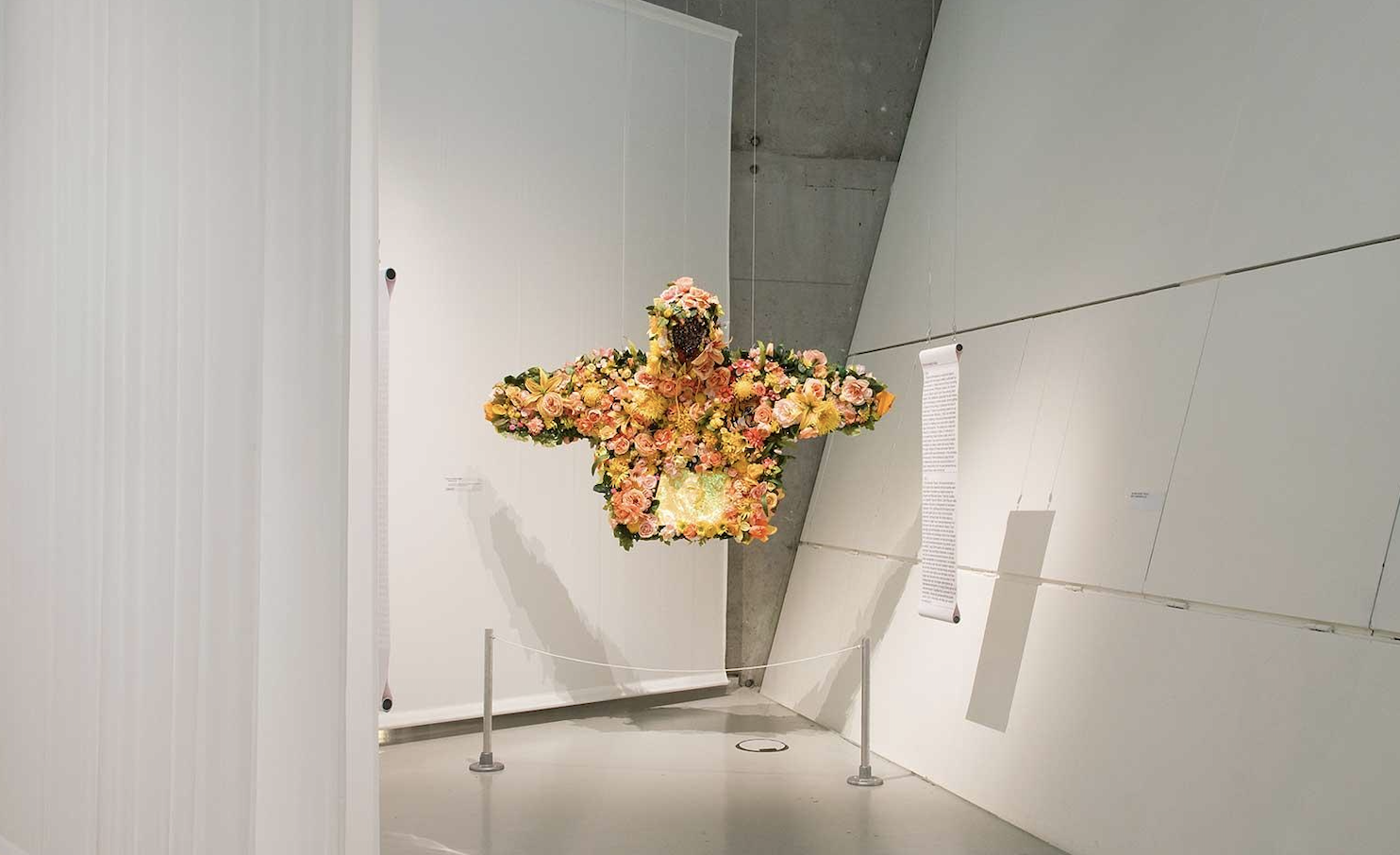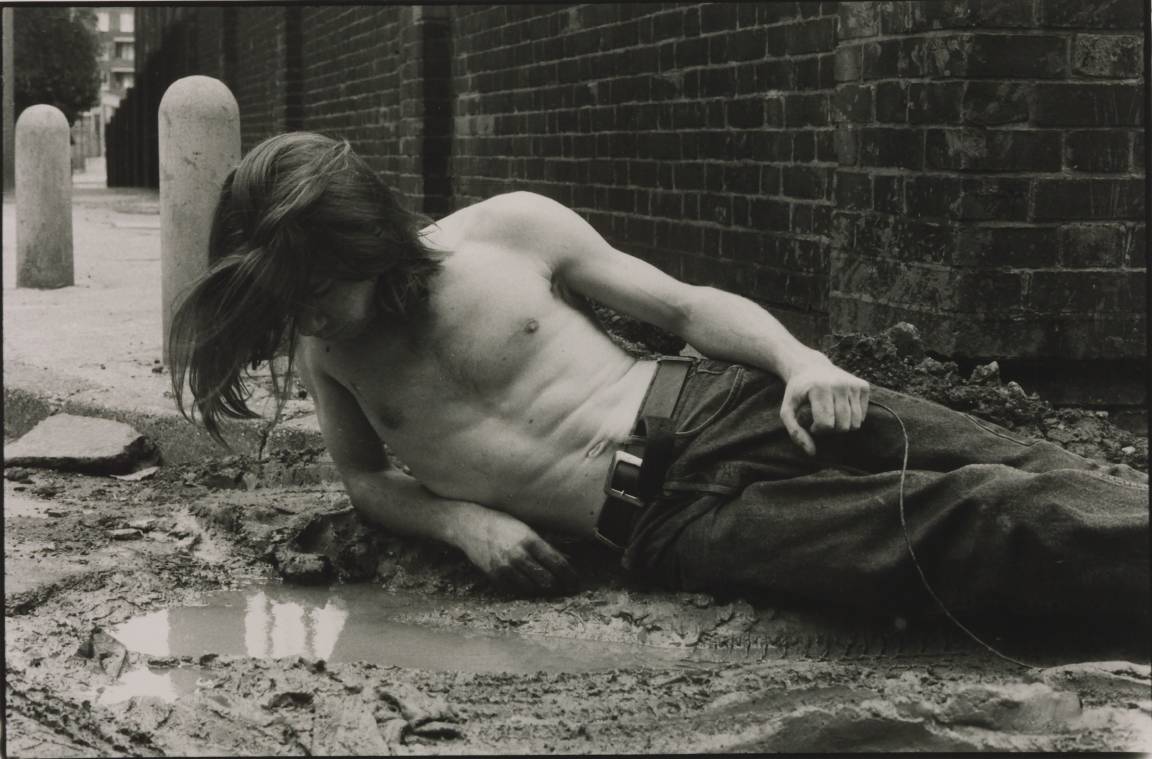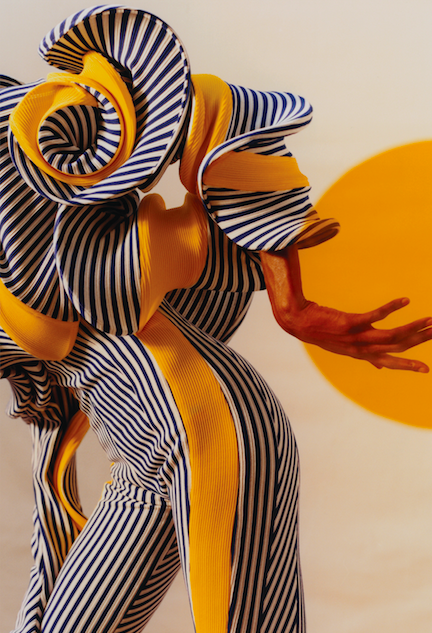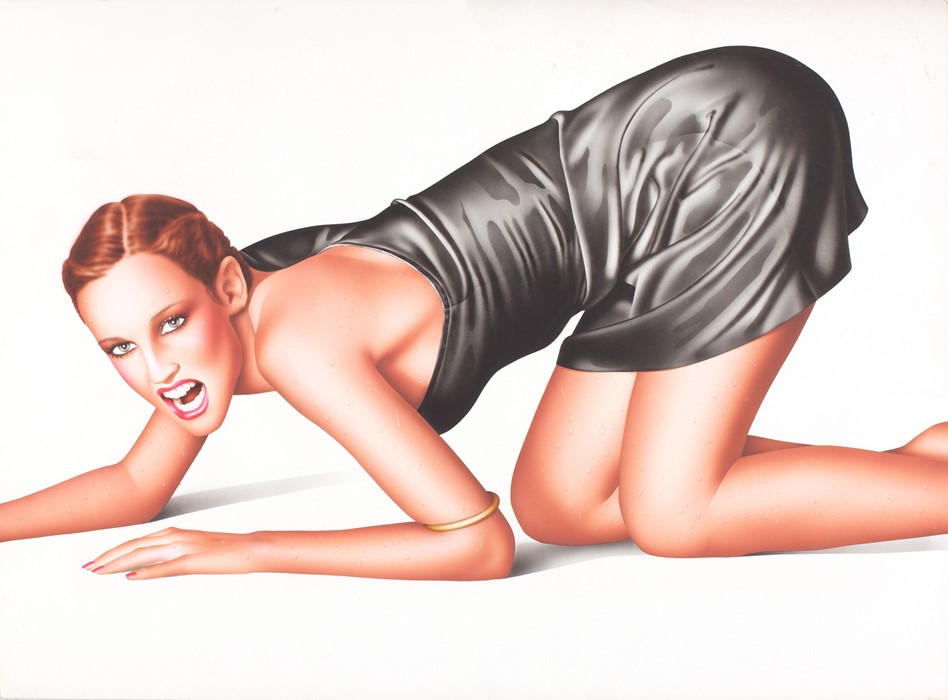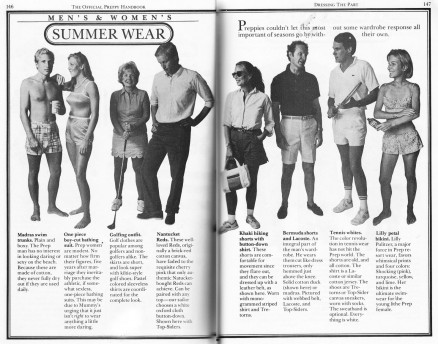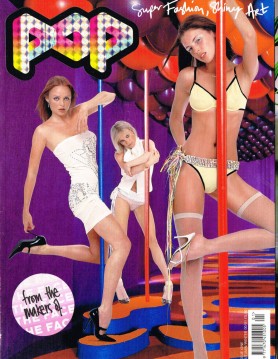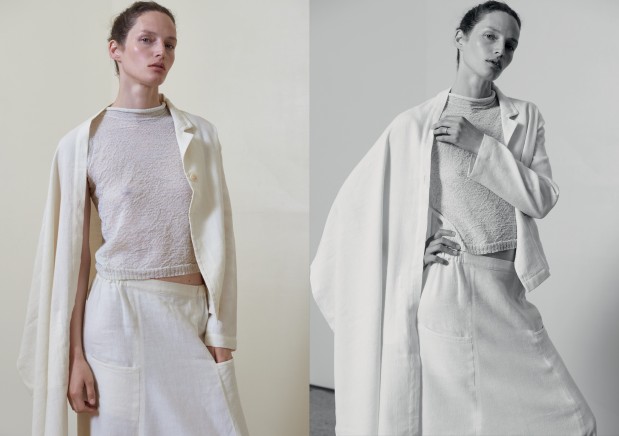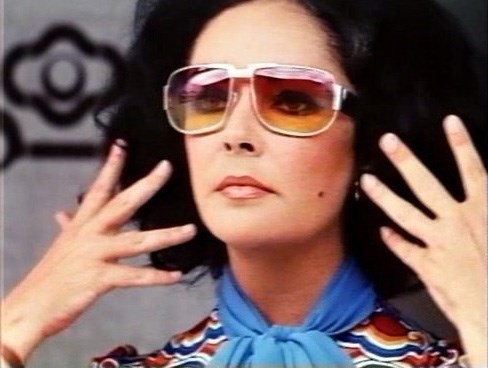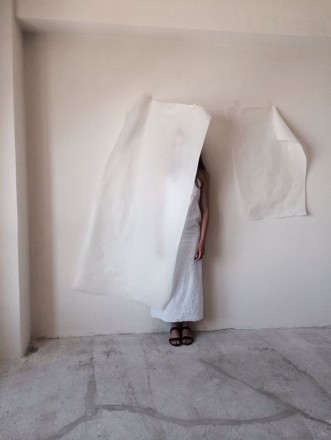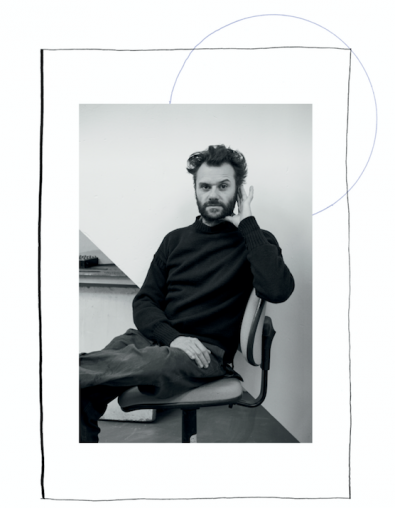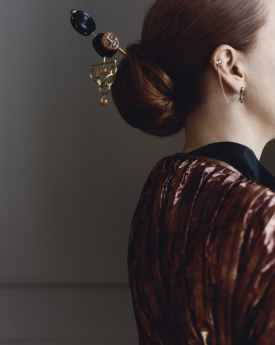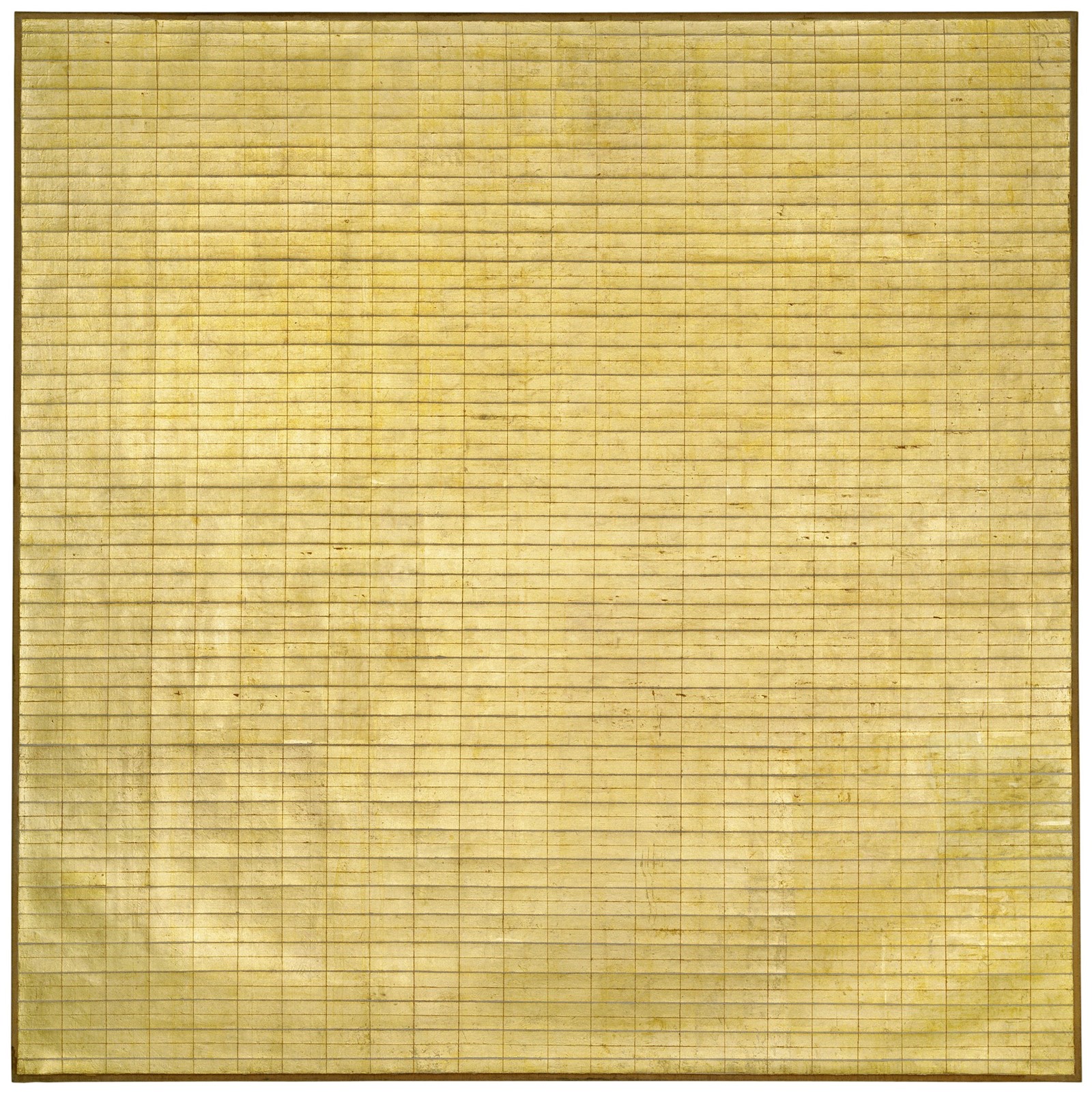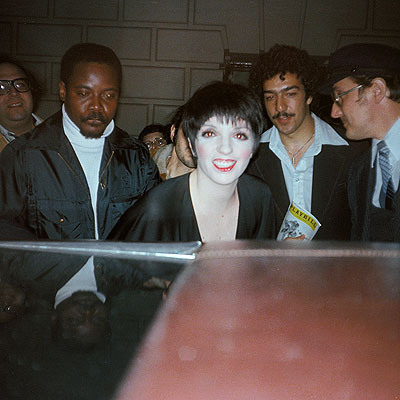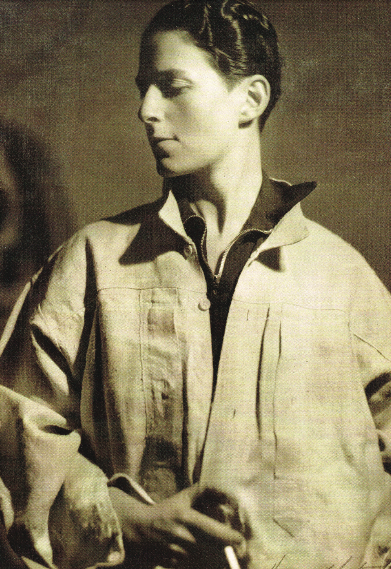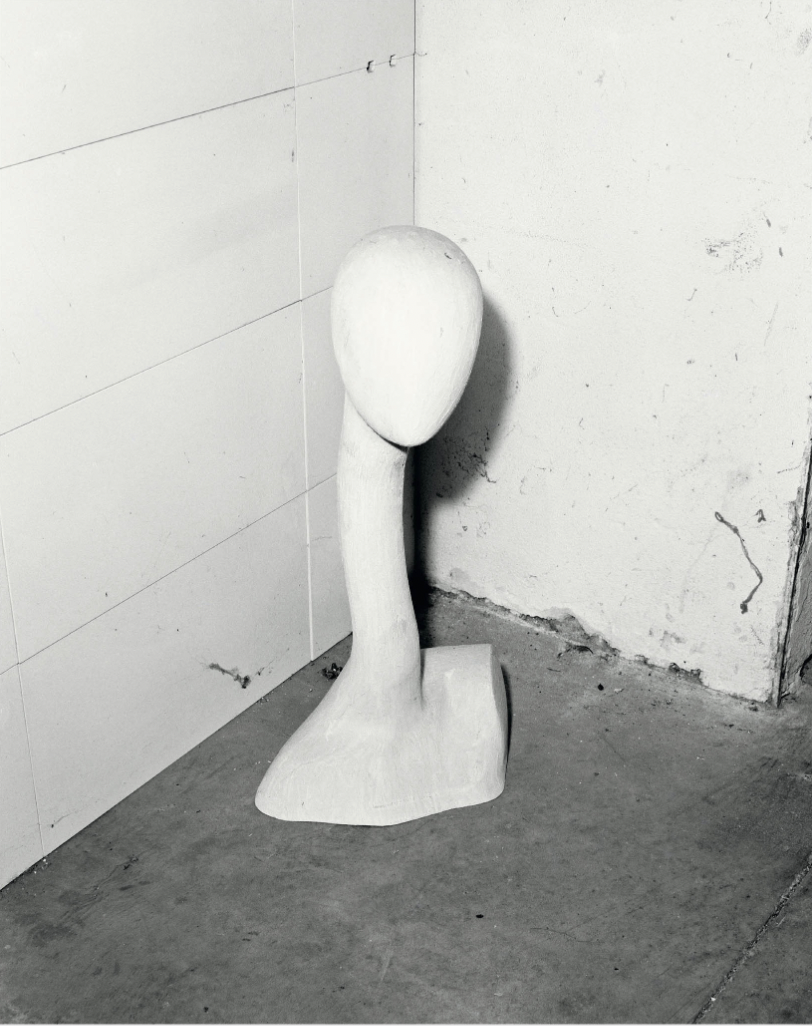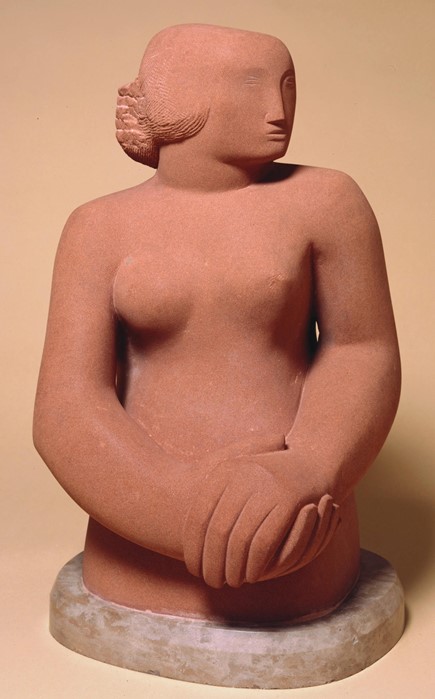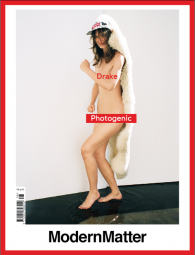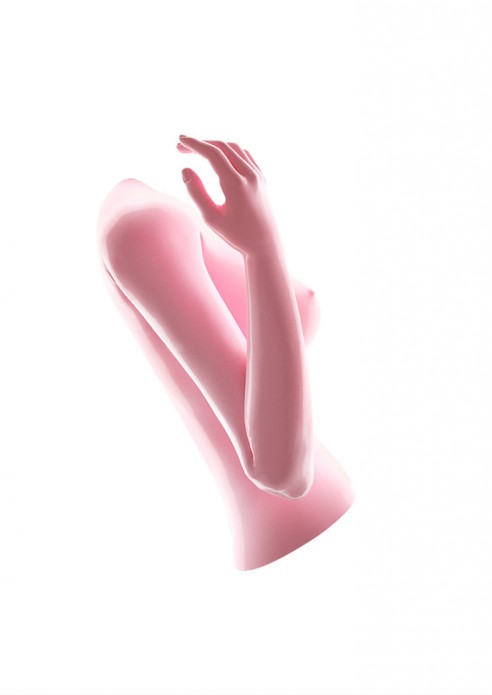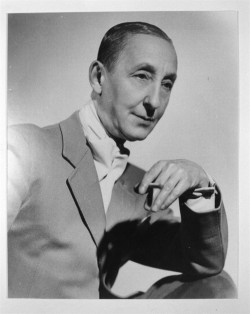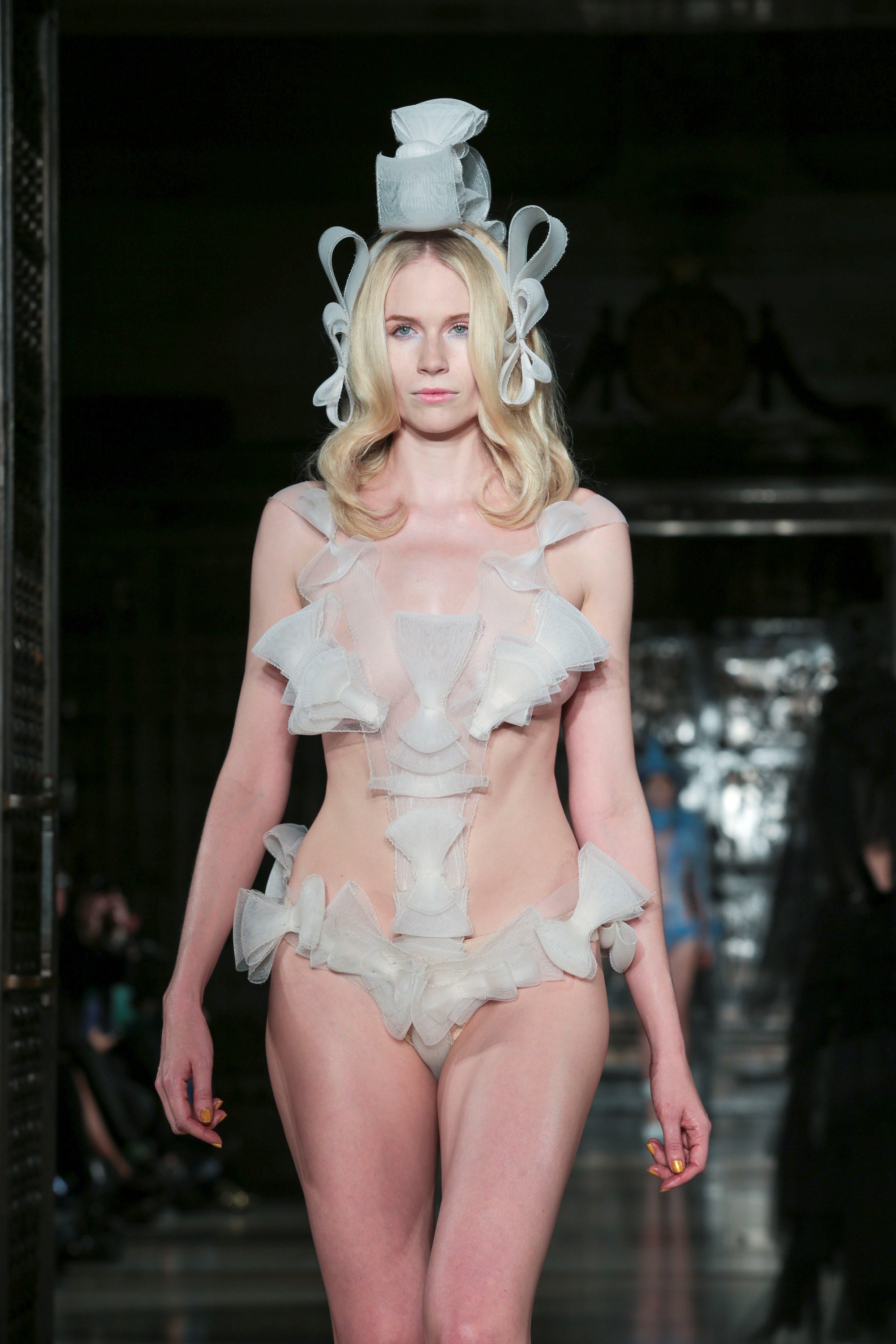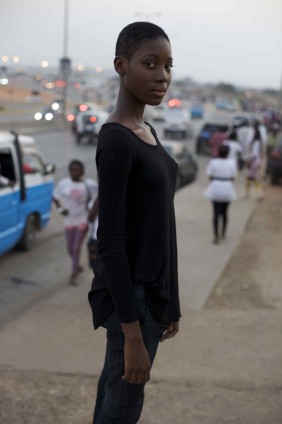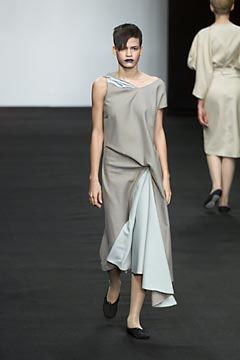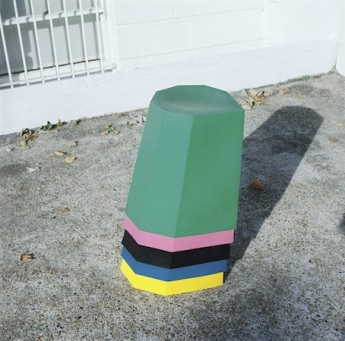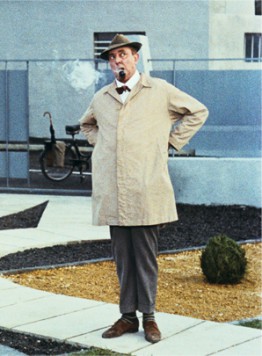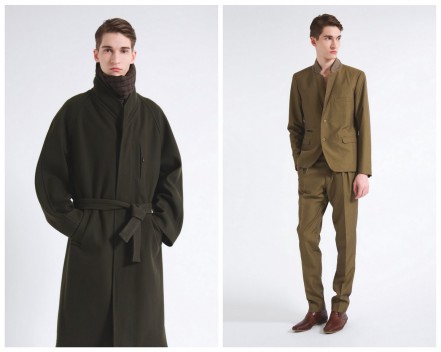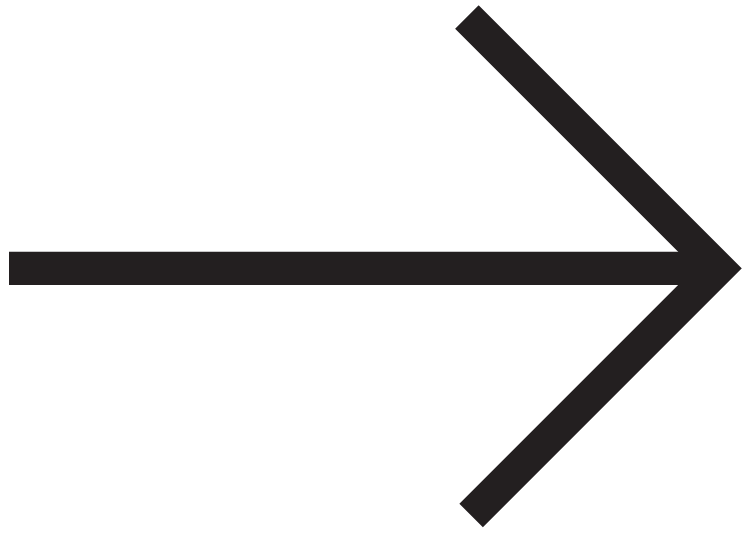Adorn Again
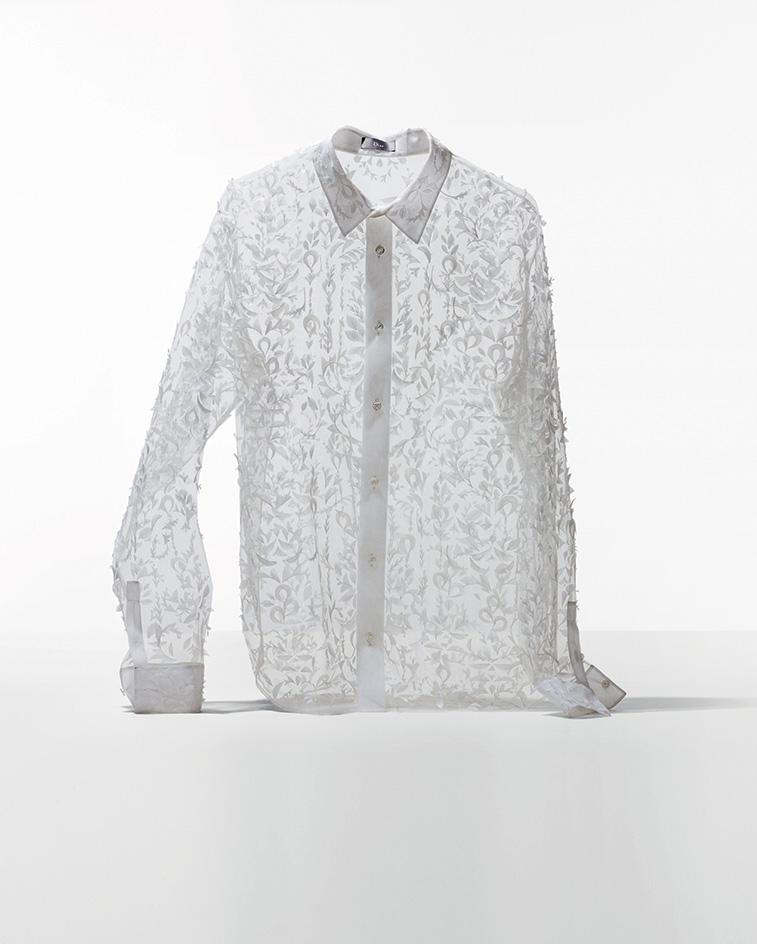
What will historians find in the archives for the 2000s? Ours is an age where clothes are admired and double-tapped more than they are worn; music is heard but not felt. Our experiences are becoming intangible, abstracted affairs contained under glass. Yet this setting is a good one for a perceptive designer like Kim Jones to subvert. He had spent seven years at Louis Vuitton ushering in a smart, sports-lux approach before becoming Menswear Artistic Director at Dior, where he is learning to apply the majesty of couture to the masculine wardrobe. Until now he has advocated street-savvy savoir-faire. His influence can be seen in every bum-bag slung diagonally across the chest. Every tailored trackpant started with Jones.
![Photography by Patricia Schwoerer]()
![Photography by Patricia Schwoerer]()
At Dior, Jones is schooling Gen-Z on the art of craft; the couture techniques of the 70-year-old house are at the forefront of its new look men’s line. Opening his debut show with a tailored wrap-around, single-button jacket and fluid trousers named the Tailleur Oblique, Jones has drawn on pieces in the archives dating back to 1950. ‘We were looking at a lot of womenswear couture and with that comes this elegance. What was womenswear in the Fifties applies to a lot of menswear now,’ Jones says. He sees his role as editor of custom-made codes, from the curve of the Bar Jacket first introduced in 1947 to the spray of florals, the palest of grey and pink. Much of the inspiration for spring/summer 2019 came from objects that Mr. Dior handled every day: ‘I looked at everything from his homes to his childhood, to him being a gallerist before setting up his label,’ Jones says. Floral patterns were drawn from Mr. Dior’s personal dining service held in the collection at Granville, which were photographed and hand-drawn before they were translated into three-dimensional embroidery applied all over a collared shirt. The hand-beading took eight people three weeks to complete. Elsewhere, feather embroideries by Maison Lemarié were overlaid in vinyl to replicate the patina of glazed china.
Jones is a chronicler of traditional values that reveal themselves in modern ways. What looks like a simple lace vest is an ornate piece that took one month for the atelier to develop. First, a traditional silk gauze was given a nylon warp to lend a technical finish to the surface; a fil coupé jacquard was then applied adding clusters of flowers taken from Mr. Dior’s crockery. ‘The House of Dior was only ten years of his life,’ Jones says. ‘His loves and passions were nature, art, design. It’s taking all of those things and mixing it together. For me it is a very chic brand. A very romantic house. I think it’s good to have that feeling.’
![Photography by Patricia Schwoerer]()
The Toile de Jouy pattern that was used for the interiors of Dior’s original store at 30 Avenue Montaigne, designed by Victor Grandpierre, has been resurrected as a new logo. Fresh in its sensibility, it is quintessential. It is used on a collarless shirt attached to the inside of a Saharan blouson. It has a double collar, a double cuff at the wrist, a double button at the front. ‘Twice the material is pieced together so that the Toile de Jouy matches at every seam,’ Jones says. ‘Having the atelier and being able to work with couture techniques is a different way of working to where I was before. We see things much more in person at Dior. Things are made in the building, which means you have more time to think about them.’ At least 15 people were involved in the creation of a sheer tulle shirt onto which laser-cut feathers were applied. It took three people working three weeks to finish it. The whole process and approach to couture is about tactility, about know-how. About real hand-work. ‘I’m seeing and learning about things which excite me and I want people to see them too! I think people want to see things, especially a generation growing up looking mostly online. They are used to seeing things in 2D. Now they want to see them in real life.’
Jones’s work today has a lightness and an ease that comes from sportswear yet it is rendered with fearsome opulence. Writing in The Glass of Fashion in 1954, the photographer Cecil Beaton asked Mr Dior what he thought of the designer’s role in noting – and surreptitiously shaping – the times. ‘The atmosphere of the times is an essentially unknowable element, but it is very important,’ Dior advised Beaton. Throughout his 15-year career, Jones has consistently measured and moulded the mood. And as a digital world threatens to obliterate our sense of touch, the rarefied world of haute couture is an adroit reminder of the dexterity of the human hand. Sure, it is expensive, extravagant, elusive, but its results suit the pomp of our social media age. And the textures and techniques in Jones’s debut remind us of our own physicality. It reminds us of fabric touching the skin. And the hands that make our clothes.



